Cognitive Behavioral Play Therapy Advanced Recording The Play
Role-playing, for example, is a technique widely used in play therapy that is also incorporated into such standard adult therapies as cognitive behavioral therapy. Creative writing, music, and art.

What is Cognitive Behavioral Therapy (CBT)? Bay Area CBT Center
Discusses cognitive-behavioral play therapy (CBPT), a developmentally sensitive treatment for young children that relies on flexibility, decreased expectation for verbalizations by the child, and increased reliance on experiential approaches. The development of CBPT for preschool-age children provides a relatively unique adaptation of cognitive.
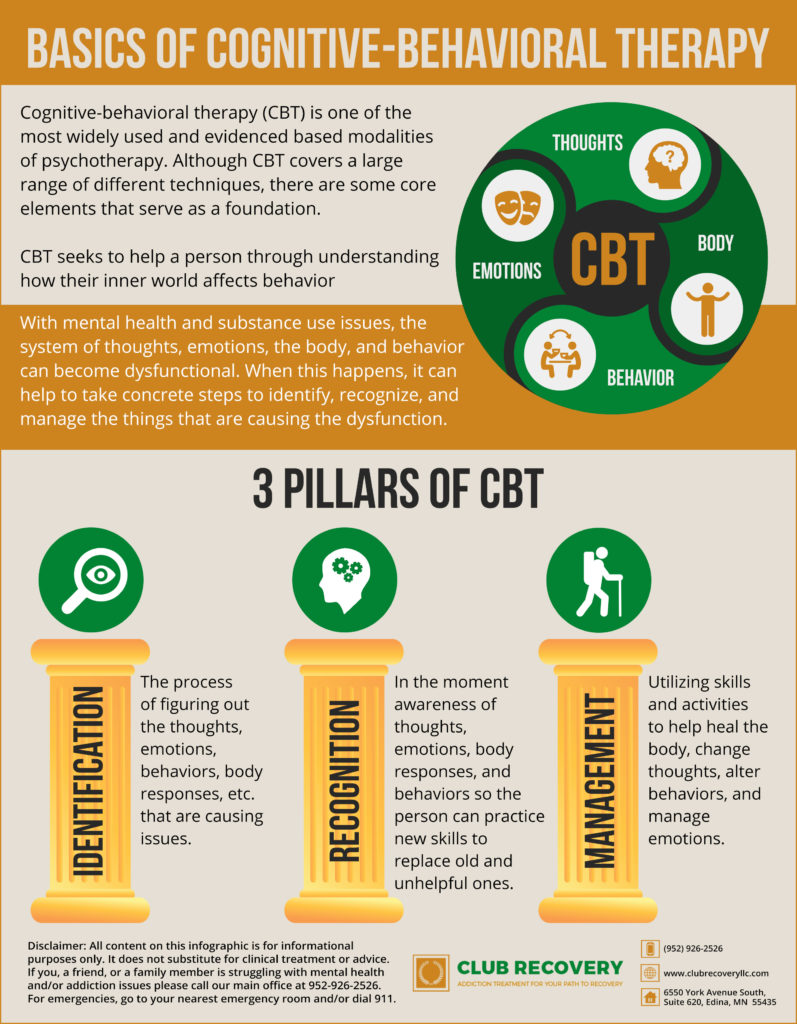
Basics of CognitiveBehavioral Therapy (Rehab Report Pt. III)
Cognitive Behavioral Play Therapy (CBPT) is a developmentally appropriate treatment, designed specifically for young children. CBPT is an offspring of Cognitive Therapy (CT). CT was developed as a structured, focused approach to help individuals make changes in their behavior by changing the thinking and perceptions that underlies behavior. CT, with its emphasis on verbal interventions, and.
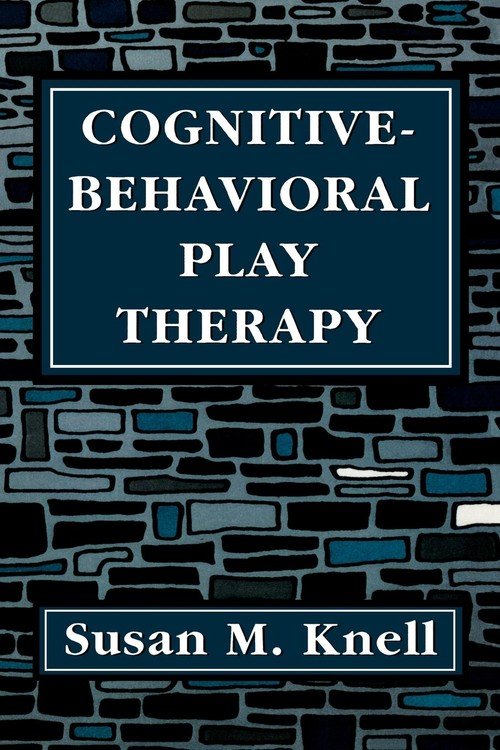
CognitiveBehavioral Play Therapy Knell Susan M. Książka w Sklepie
Cognitive-behavioral play therapy: Theory and applications. In A. A. Drewes (Ed.), Blending play therapy with cognitive behavioral therapy: Evidence-based and other effective treatments and techniques (pp. 117-133). Hoboken, NJ: Wiley. 2009a [Google Scholar]
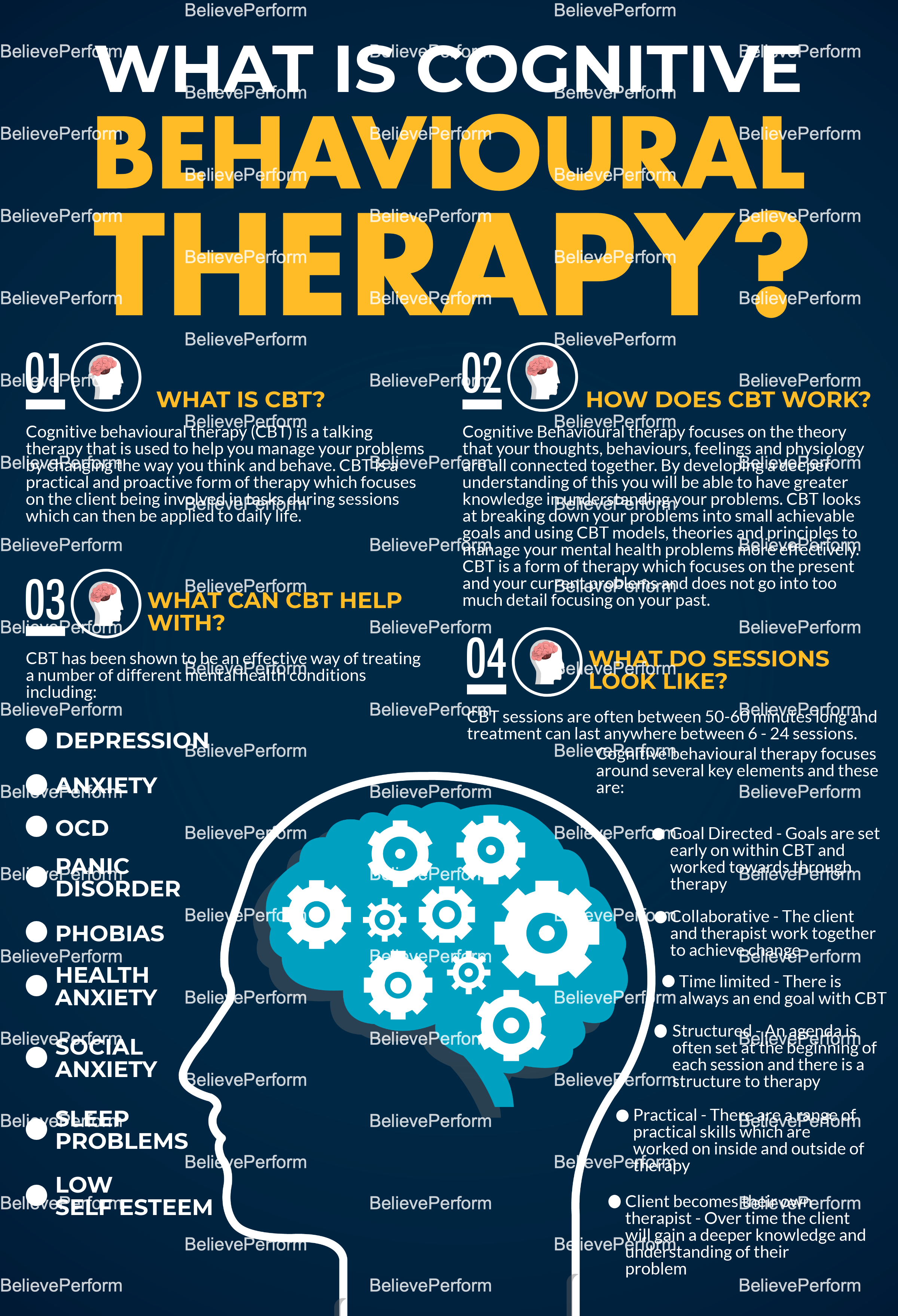
What is cognitive behavioural therapy? Infographics BelievePerform
Cognitive-Behavioral Play Therapy (CBPT) incorporates cognitive and behavioral interventions within a play therapy paradigm. It provides a theoretical framework based on cognitive-behavioral principles and integrates these in a developmentally sensitive way. . . . CBPT differs from nondirective play therapy, which avoids any direct discussion of the child's difficulties. It has commonly been.

Cognitive Behavioral Play Therapy Continuing Education Plymouth MN
Cognitive-behavioral play therapy (CBPT) is a developmentally appropriate treatment that has been developed and used with young children (3-8 years old). CBPT is based primarily on cognitive-behavioral theories of emotional development and psychopathology. The foundation of this approach is based on work of Aaron Beck (e.g., 1964, 1976). Behind cognitive-behavioral therapy (CBT) is the.

Cognitive Behavioral Play Therapy Continuing Education Plymouth MN
Finally, the CBPT interventions are adapted to the developmental age of the child, that which are part of cognitive-behavioral therapy (CBT) interventions. So, in Cognitive Behavioral Play Therapy (CBPT), play is used as a means of communicating and teaching evidence-based techniques to children aged 3 to 8, indirectly and engagingly.
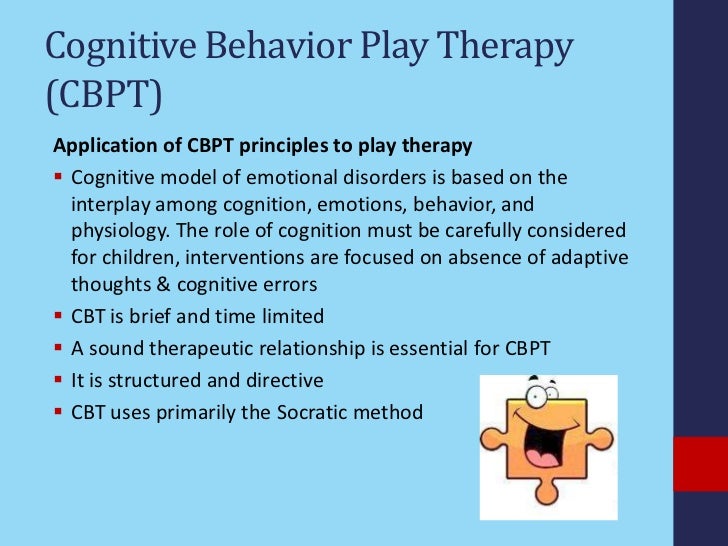
Cognitive Behavior Therapy & Children
Maladaptive beliefs may play a role in the aetiology of nightmare disorder.. Guided internet‐based vs. face‐to‐face cognitive behavior therapy for psychiatric and somatic disorders: A systematic review and meta‐analysis.. Behavior Therapy, 41, 237-244. 10.1016/j.beth.2009.03.003.

Go to the webpage to learn more about parenting values parentingadvice Cognitive behavioral
CBPT is based on cognitive and behavioral techniques. Some of the interventions include positive reinforcements, modeling, self-monitoring, comparison of irrational thoughts and involvement of the child. Techniques such as bibliotherapy, games, puzzles, drawing, storytelling and puppets are used to help the child manage their behavior.

CognitiveBehavioral Play Therapy by Susan M. Knell
Cognitive-behavioral play therapy (CBPT) is an adaptation of CBT designed to be developmentally appropriate for preschool and early school-age children. It was developed by adapting empirically supported techniques for use in a play setting with young children. Designed specifically for 3 to 8 year-old-children, CBPT emphasizes the child's.

Cognitive Behavioral Therapy Cognitive behavioral therapy, Behavioral therapy, Dialectical
Abstract. Cognitive-behavioral play therapy (CBPT) is based on cognitive and behavioral theories of emotional development and psychopathology, and on interventions derived from these theories. In addition to the cognitive-behavioral framework, CBPT is developmentally sensitive. It incorporates cognitive and behavioral interventions within a.
Cognitive Behavioral Play Therapy Basic The Play Therapy Training
Cognitive Behavioral Play Therapy uses CBT techniques in a fun setting, involving children in the process of change and problem-solving. The therapy model combines cognitive and behavioral theories, using evidence-based techniques in play therapy (Knell, 1993; Geraci, 2022).
/what-is-cognitive-behavior-therapy-2795747_FINAL3-c2628ba79a6c4434b6b2583085228541.png)
Cognitive Behavioral Therapy Cbt Definition Types Techniques Images and Photos finder
Cognitive Behavioral Play Therapy (CBPT) is considered from a theoretical and practical perspective. By integrating cognitive behavioral interventions with play, CB treatment is accessible to young children. Modeling is used as a primary means of conveying such interventions and it is incorporated into play. The importance of considering child.
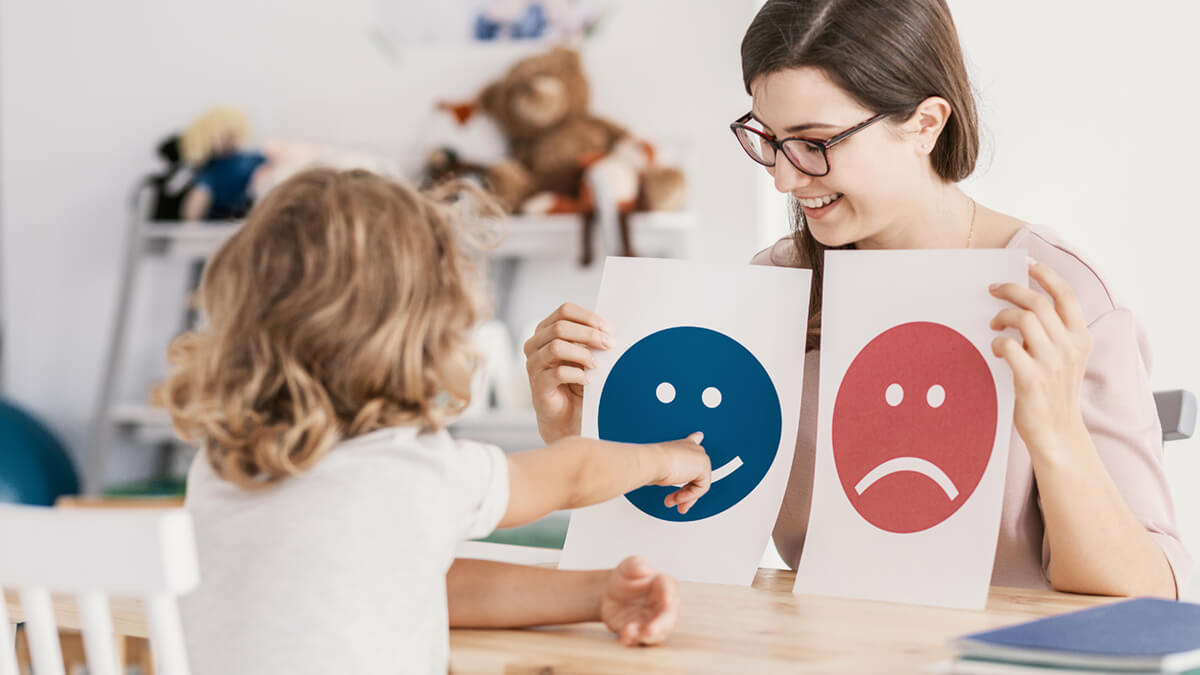
Unique Behaviour Therapy MindYog
Play therapy seeks to balance the symbolic play with the linguistic expression, in a way appropriate to the children age and beneficial for them ( 9 ). Play therapy is widely used to treat emotional problems and behavioral disorders of children because it fully meets their unique developmental needs.

Play Therapy with Explanation of Techniques YouTube
In the 1960s, Aaron Beck developed cognitive behavior therapy (CBT) or cognitive therapy. Since then, it has been extensively researched and found to be effective in a large number of outcome studies for some psychiatric disorders, including depression, anxiety disorders, eating disorders, substance abuse, and personality disorders. It also has been demonstrated to be effective as an.
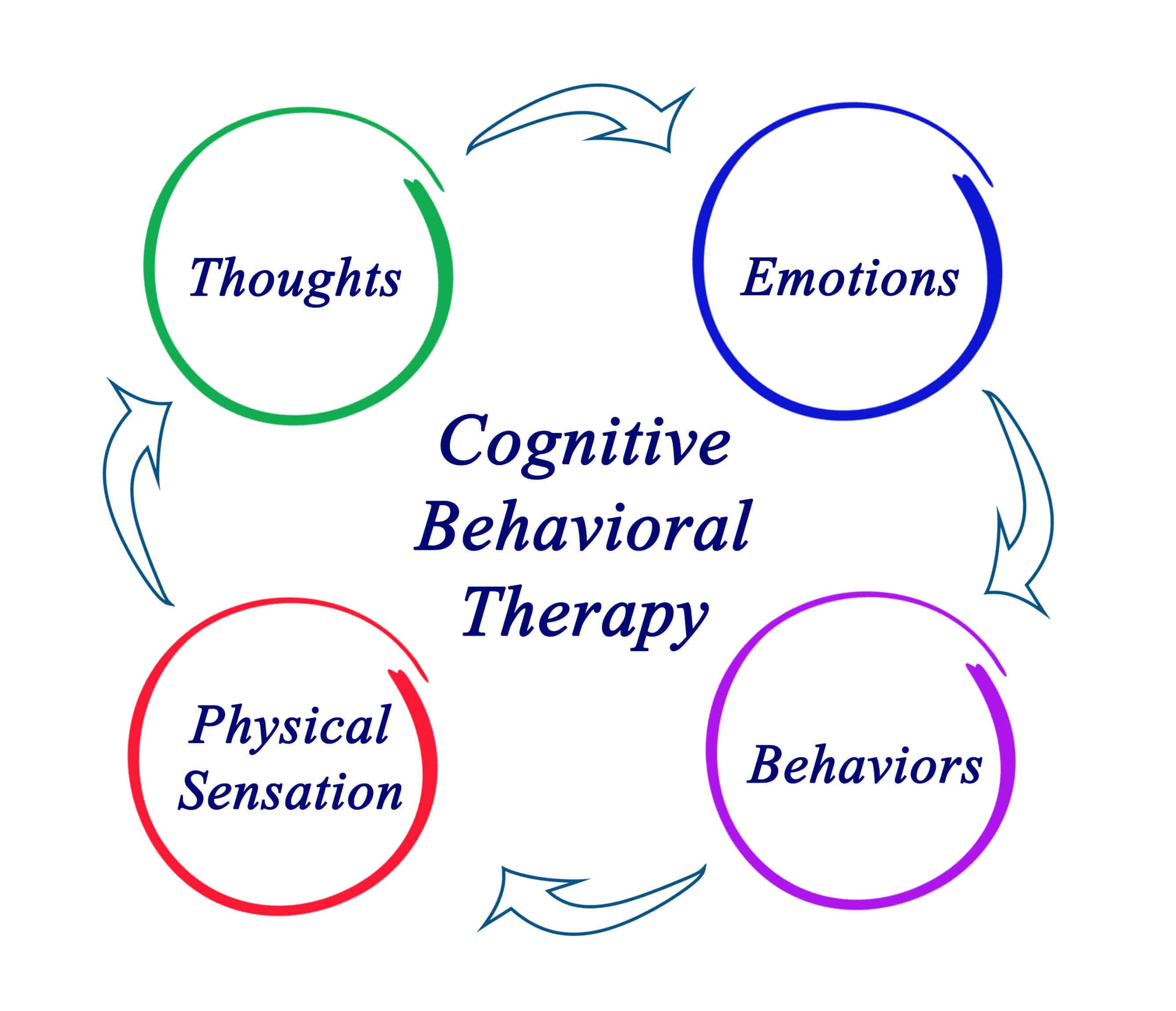
A Guide to Cognitive Behavioural Therapy CBT in London
Play therapy may include a variety of orientations and specific protocols, such as child-centered or cognitive-behavioral play therapy (CBPT), gestalt psychology, or Adlerian protocols [43-45]. CBPT is rooted in the evidence-based theory of CBT [ 43 , 44 ].